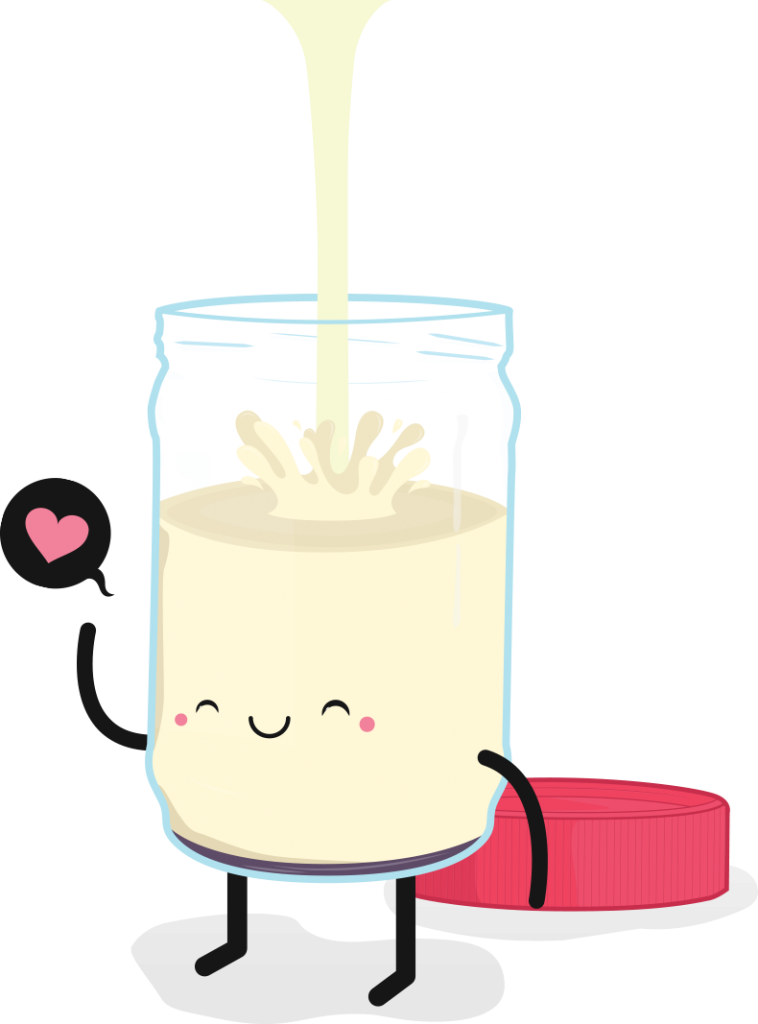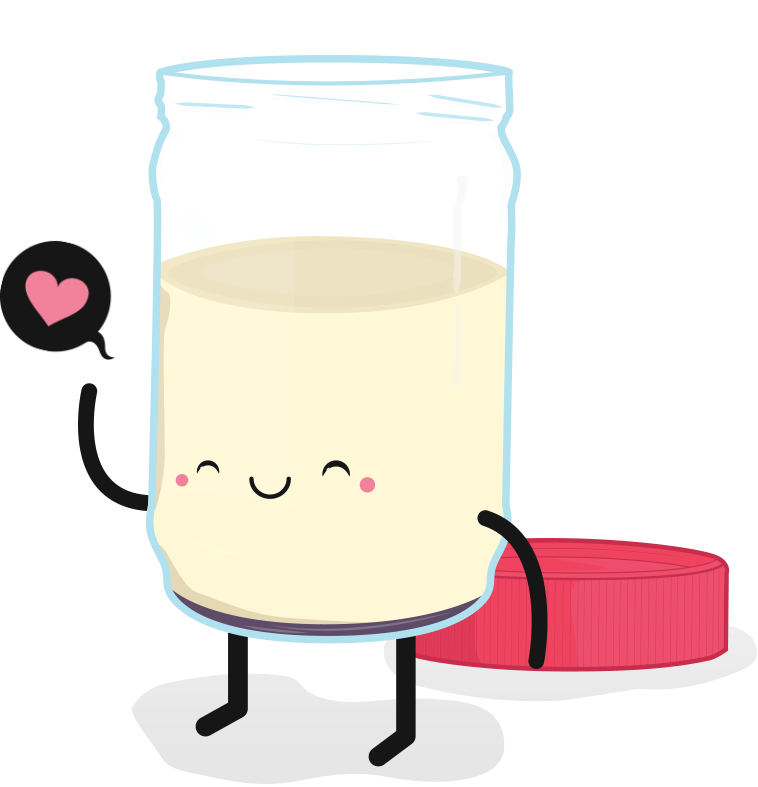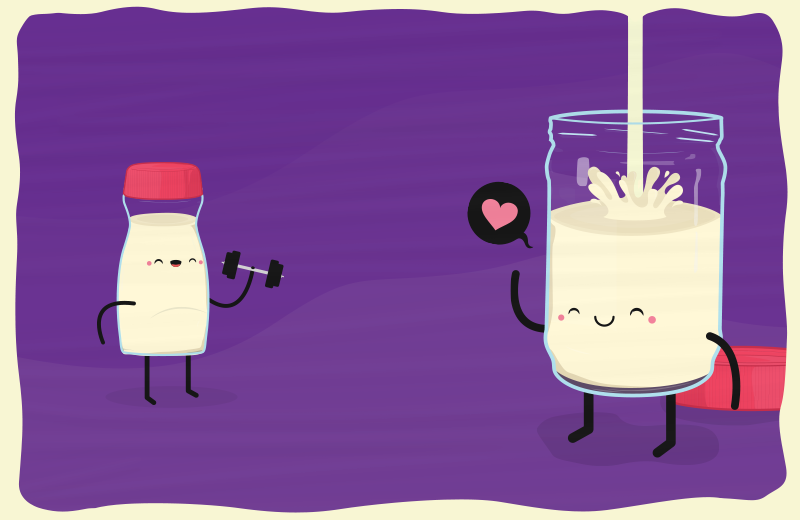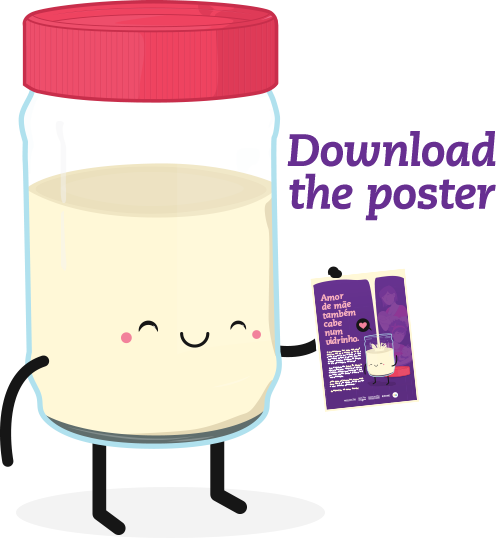Presents:

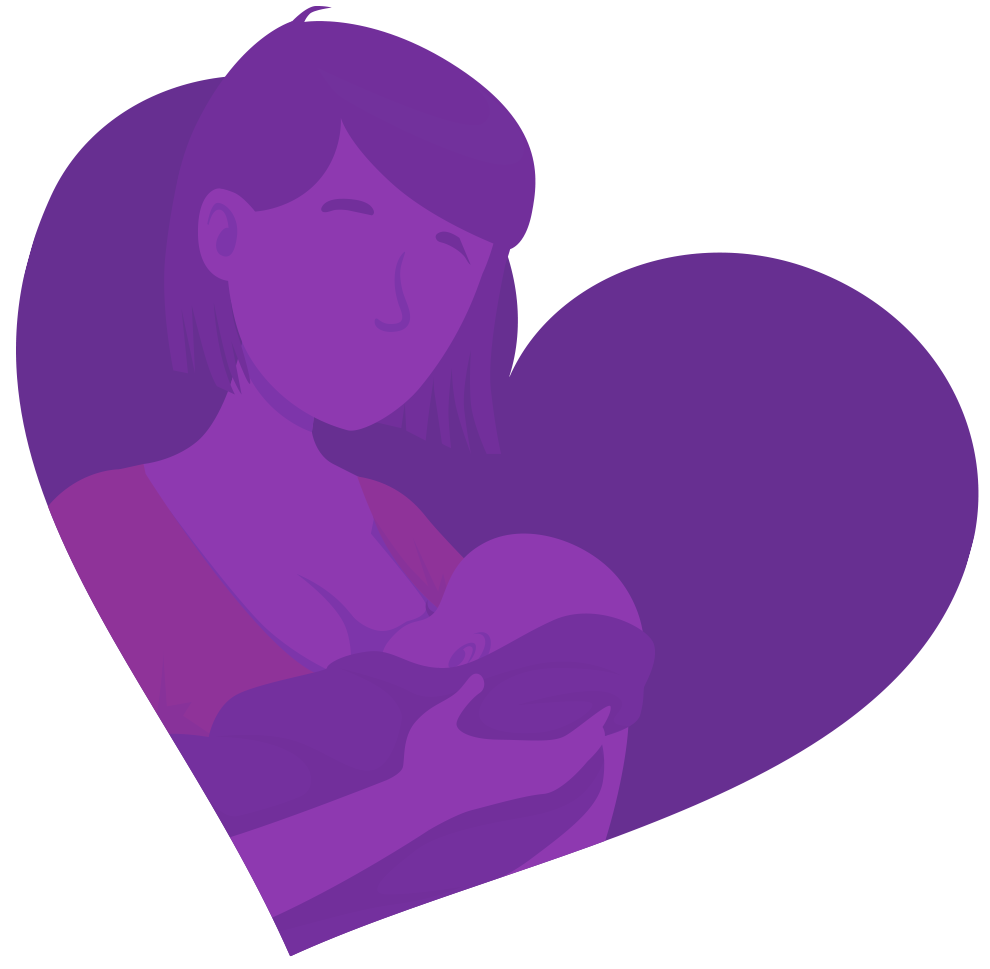
Breast milk: the best food for the newborn baby.
Breast milk, besides being accessible to everyone (after all, it’s for free), is the most complete food for babies up to six months of age.
It reduces mortality in children under 5 by 13%, helps prevent diarrhea, respiratory infections, reduces the risk of allergies and also of hypertension, high cholesterol, diabetes and obesity in the future.
In other words: breast milk is the best food you can offer.
And breastfeeding not only does good for babies
All of this is great!
However, breastfeeding is not always possible.
There are some situations where a woman cannot breastfeed, such as, for example:
- Women infected with the HIV or HTLV virus
- Mothers who make use of some medications, such as chemotherapy
- Users of illicit drugs
- Mastectomized women
And others where the mother cannot breastfeed, such as when she doesn’t have the emotional support that allows her to breastfeed her child, or when she needs to be away from home.
All of this is great!
However, breastfeeding is not always possible.
There are some situations where a woman cannot breastfeed, such as, for example:
- Women infected with the HIV or HTLV virus
- Mothers who make use of some medications, such as chemotherapy
- Users of illicit drugs
- Mastectomized women
And others where the mother cannot breastfeed, such as when she doesn’t have the emotional support that allows her to breastfeed her child, or when she needs to be away from home.
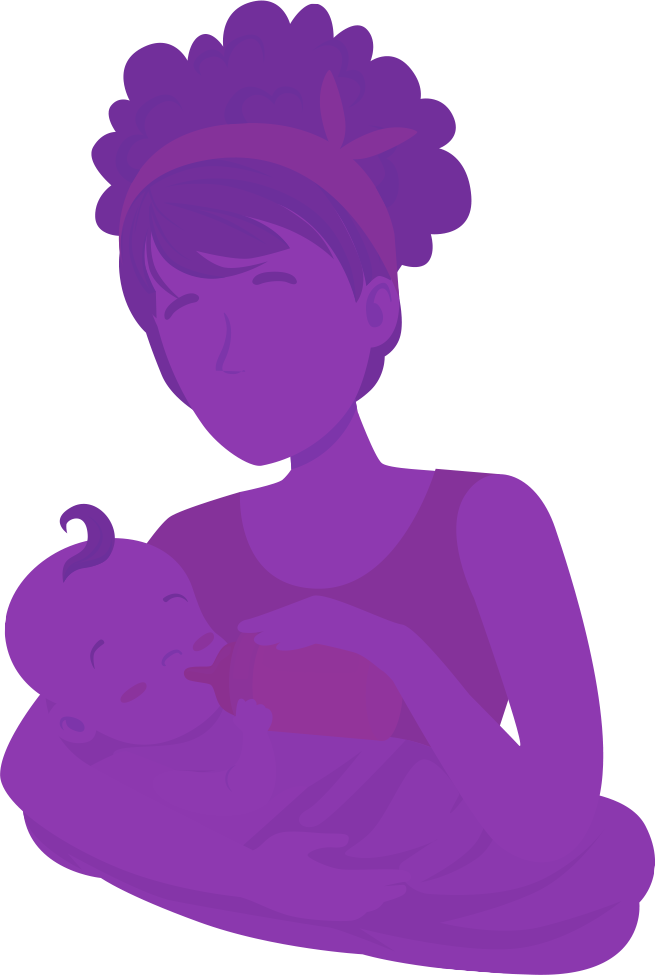
Whatever the reason may be, this situation can cause a lot of frustration for a woman. Therefore, remember that breastfeeding is not the only way to bond with your baby and that the important thing is to prioritize the mother’s and the baby’s health.
If you cannot breastfeed your newborn, talk to your doctor and contact the maternity milk bank you have chosen.
And if you produce milk in abundance and you are in good health, register with the maternity milk bank and be a donor!
Today, in Brazil, 11% of newborns in neonatal units depend on donated breast milk to ensure their full recovery. Every drop of breast milk represents a life.
That’s where the small container comes in…

Carrying inside it the love that only mothers feel for their children!
But before it begins its journey, the small container needs preparation.
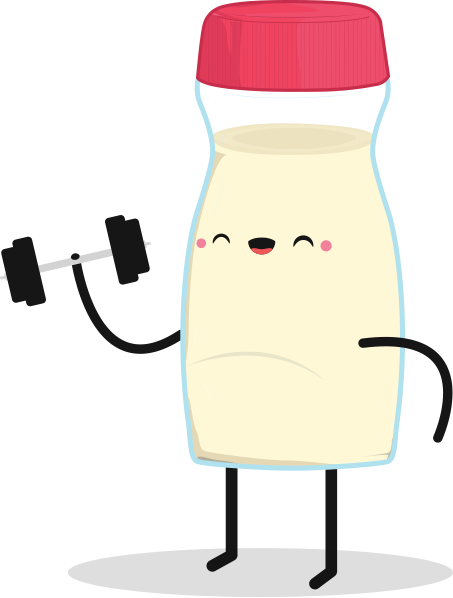
Everything starts at home
The container for collection must be made of glass and come with a plastic screw cap. It can be a jar of mayonnaise, instant coffee, honey…
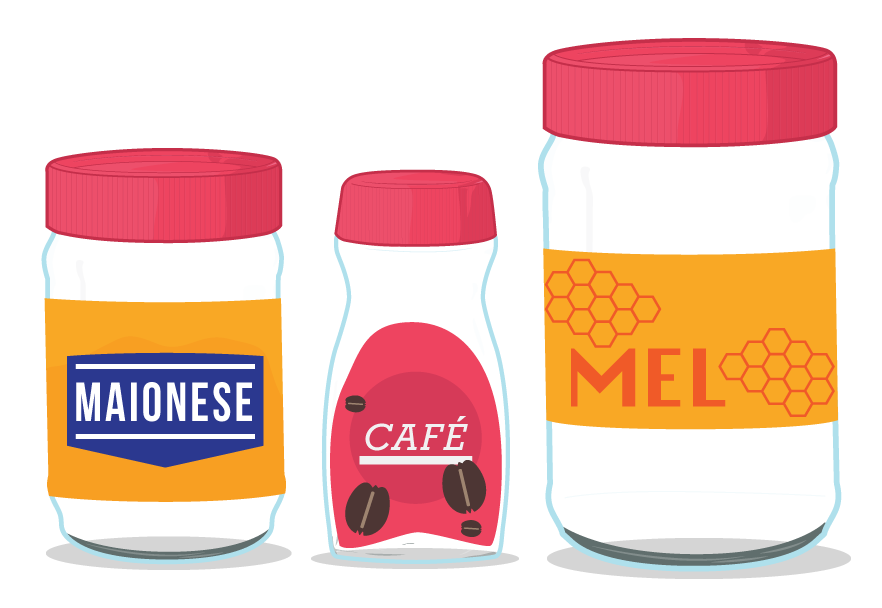
The important thing is to sterilize it:
Preparing the container to store breast milk.
- Wash it thoroughly with soap and water and remove the label (and the paper inside the lid, if any)
- Place the container and lid in a pot, covering both with water
- Sterilize the container and lid in the pan with boiling water for 15 minutes (counting the time from the beginning of boiling)
- Let it drain with the opening facing down until dry, do not use a cloth
- Close the container without touching inside the lid with your hand
- Ideally, you should leave several containers prepared
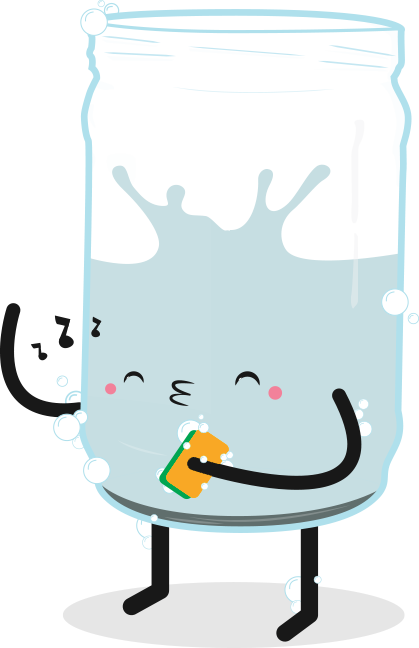

Mother’s preparation for milking and collection of breast milk
- Choose a comfortable, clean and quiet place
- Line a table with a clean cloth to place the container and lid
- Tie your hair back and cover it with a cap or headscarf
- Wash your hands and forearms (up to your elbow) thoroughly with soap and water
- Wash your breasts with water only
- Dry your hands and breasts with a clean towel
- Avoid talking during the process and, if possible, wear a mask to cover your nose and mouth
Manual or mechanical milking?
Manual milking is the most suitable for those who are going to donate milk and it should be done after the baby has been breastfed or when the breasts are very full.
Follow step by step to facilitate milk withdrawal:
- Massage your breasts with your fingertips in a circular fashion. First the areola and then the whole breast
- Place your thumb above the line where the areola ends
- Place the index and middle fingers below the areola
- Firm your fingers and push back towards your body
- Squeeze your thumb against the other fingers until the milk comes out
- Disregard the first jets or drops
- Then open the container and place the lid on the table, lined with a clean cloth, with the opening facing up
- Remove the milk from the breast, positioning the container under the areola
- Start the collection inside the glass and leave a gap of two fingers or more below the lid
- After finishing the collection, close the container tightly and write on the lid the date and time when you made the first collection of milk in this container and store it
Straight to the freezer
After having collected the milk, take the identified container to the freezer. If you are going to collect more milk afterwards, use a drinking glass that has been boiled for 15 minutes, leaving it to dry on a clean cloth with the opening facing down. Then pour the recently-extracted milk on top of what was already frozen, until a gap of two fingers is missing to fill the container.
As soon as the container is full, the milk should go to the Human Milk Bank. If in 10 days after freezing the first milk, the container is not completely full, the mother can call the Human Milk Bank and make the donation, because any amount is important.

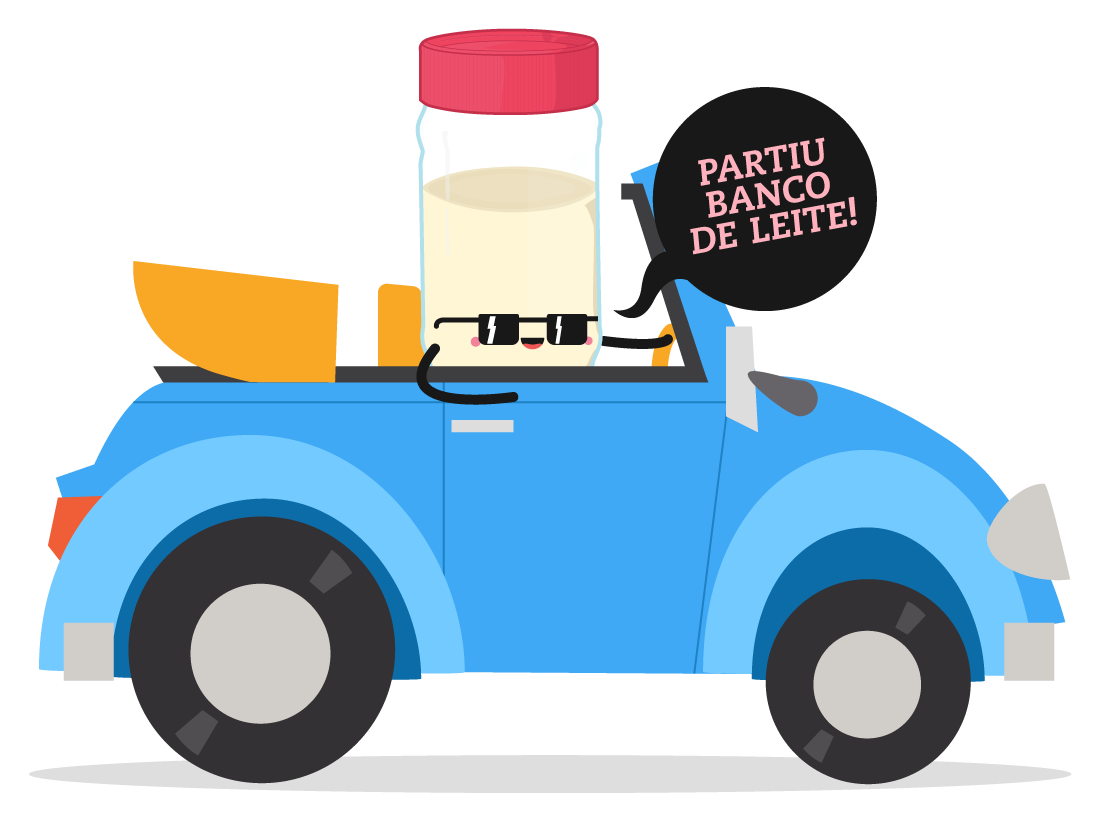
Milk bank, here we go!
The transport of the containers must be done in isothermal boxes or bags and with recyclable ice as well as temperature control to maintain the quality of the milk.
There are hundreds of milk banks in Brazil, most of them inside the maternity hospitals themselves. Find the nearest one to your home and check the collection hours. Some of them even have home pick-up service!
A few more precautions
After arriving at the bank, the donated milk is analyzed, pasteurized and subjected to strict quality control before being offered to a child. This guarantees the quality of the milk, the safety of the baby who will receive the donation and the reassurance of everyone!
Another important piece of information: all thawed milk should not be frozen again.
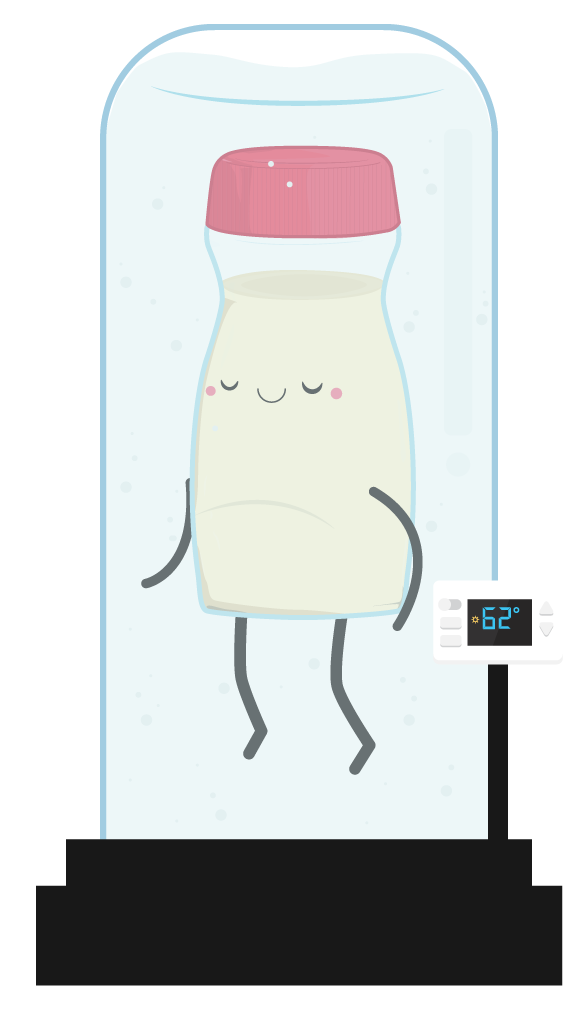
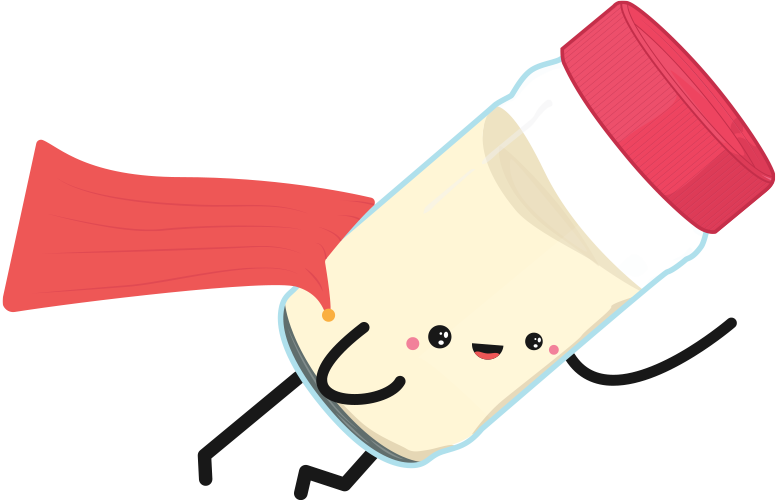

Nourished babies, happy mothers
After quality control, the milk bank teams distribute the donated milk to the babies who need it most. In general, premature infants who are underweight (less than 2.5 kg) and cannot be fed directly by their mothers.
A donated jar of breast milk can feed up to 10 newborns a day. Depending on the weight of the premature baby, 1 ml is already enough to nourish it each time it is fed.
Small container, go back to the first home…
As the cycle of donations cannot stop, the small container returns to the donors’ home to begin its journey again and continue feeding babies from all over the country!

Clarify your doubts
Who can donate milk?
Women who are breastfeeding and who produce a volume of milk beyond their baby’s needs. According to the RDC (Collegiate Board Resolution) Legislation No. 171, which provides for technical regulations for the operation of Human Milk Banks, in addition to having excess milk, the donor must be healthy, not make use of medication that can prevent the donation and be willing to milk and donate the surplus to a human milk bank. The donation must be voluntary, altruistic and unpaid, directly or indirectly.
Will my milk run out if I donate?
No. The production of milk depends on the emptying of the breasts and the mother’s body produces milk as it receives stimuli. In other words: the more the woman breastfeeds or empties her breasts, the more milk she produces. So, rest assured, there will be enough milk for your baby!
What is the minimum amount for donation?
There is no minimum quantity. Depending on the weight of a premature baby, only 1 ml may already be enough to nourish it once.
Is it safe to donate milk in times of COVID-19?
The pasteurization procedure that is already done with all the milk donated to the banks is enough to inactivate the virus and guarantee the quality of the milk and the safety of mothers and babies as well.
How is milk handled inside the banks?
In addition to donor health screening, all donated milk undergoes a pasteurization process at the milk banks. This ensures the safety of mothers and babies every time they use donated milk.
Instead of donating, can I breastfeed another baby?
No. The process of cross-breastfeeding is very dangerous, precisely due to the absence of pasteurization of breast milk. Therefore, donated milk can only be used when it comes from a milk bank.
The importance of being well supported
To assure peace of mind throughout the journey of mothers and babies, it is important to have a complete care infrastructure, going from prenatal to puerperium.
Rede D’Or São Luiz is reference in maternity hospitals in Brazil and offers specialized clinical staff, exams and diagnoses of high complexity, humanized childbirth, neonatal ICU, breastfeeding support groups, further baby care and much more.
Get to know our units and schedule a visit!

See also:
RDC-ANVISA (Collegiate Board Resolution-Brazilian Health Regulatory Agency) nº 171 of September 4th, 2006. It deals with the Technical Regulations for the operation of Human Milk Banks.
portalarquivos.saude.gov.br/campanhas/doacaodeleite/
rblh.fiocruz.br/nova-campanha-de-doacao-de-leite-humano-2020
rededorsaoluiz.com.br/grupo-de-apoio-ao-aleitamento-materno-gaam-e-maternidade-ativa
Responsável técnico: Helidea de Oliveira Lima – CRM MG 19650

